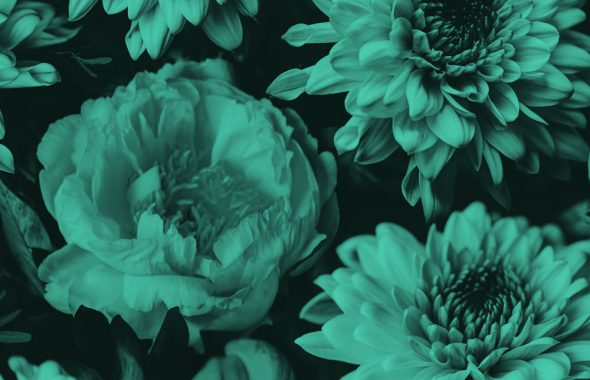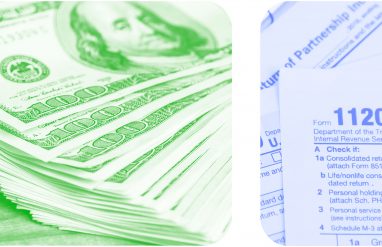Not all things are created equal: some are good, others are better, and only the cream of the crop rise to the level of best. These three words—good, better, and best—are examples of the three forms of an adjective or adverb: positive, comparative, and superlative.
What is the positive form?
The positive form of an adjective or adverb is the basic form listed in a dictionary—e.g., red, awful (adjectives); soon, quickly (adverbs).
You’ll be able to memorize some rules for creating the comparative and superlative forms, but you’ll also need to know how to handle irregular constructions.
For the most part, adjectives and adverbs show degrees of quality or amount with the endings -er and -est or with the words more and most or less and least.
How do I use the comparative form?
The comparative form is the greater or lesser degree of the quality named—e.g., redder, more or less awful, sooner, more or less quickly.
You use this form when contrasting only two things:
- This camera is more expensive than the other.
- My brother’s car is newer than mine.
The ending -er is used to create the comparative of adjectives and adverbs ending in -y, -le, or -er. For example, happy becomes happier. This applies only to one-syllable adjectives and those that end in -y, -le, or -er and have two syllables, like happy, brittle, or clever.
You can also look in a dictionary if you need a reminder. If the ending -er can be used, a dictionary will usually list it.
Otherwise, you’ll use more or most to form the comparative. For example, intelligent becomes more intelligent.
How do I use the superlative form?
The superlative form is the greatest or least degree of the quality named, e.g., reddest, most or least awful, soonest, most or least quickly.
You use this form when contrasting three or more things:
- The black cat is the smallest of the four.
- This is the most delicious pie I’ve ever had!
The ending -est is used to create the superlative of adjectives and adverbs ending in -y, -le, or -er. Just as with the comparative, this applies only to one-syllable adjectives and those that end in -y, -le, or -er and have two syllables. For example, happy becomes happiest.
Otherwise, you’ll use more or most to form the comparative. For example, intelligent becomes most intelligent.
What about irregular adjectives and adverbs?
There are a few irregular adjectives and adverbs. For those, you must memorize how these change the spelling of their positive form to show comparative and superlative degrees.
Some common irregular adjectives are good, better, best and bad, worse, worst.
Some have more than one option: little can become littler or less (comparative), and littlest or least (superlative). Many, some, or much become more in the comparative and most in the superlative.
Some common irregular adverbs are well, better, best and badly, worse, worst.
That said, do have a better understanding of comparatives and superlatives now?














